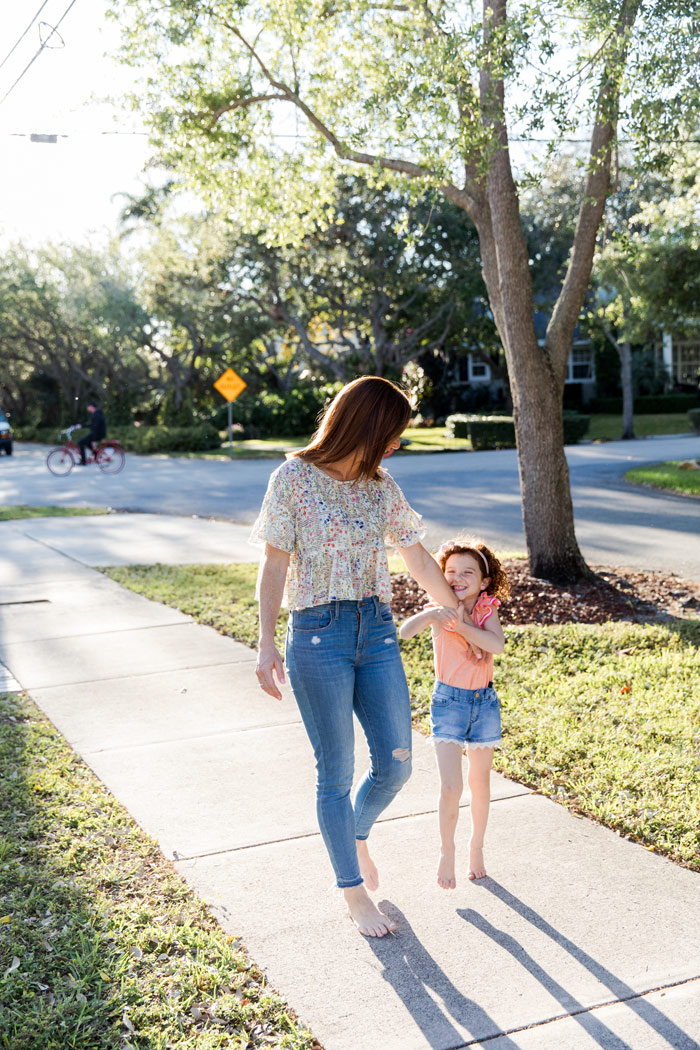
Cold vs. Allergies – A Pediatrician’s Guide to Knowing the Difference
Spring is here! The weather is warming up, and flu season is almost over! Unfortunately, as the snow starts to melt and the flowers start to bloom, noses start to run and eyes begin to itch. Although flu season is nearly behind us, as pediatricians, we are still treating cold symptoms such as runny nose, watery eyes, and sore throats. So how do we know if the symptoms our child is experiencing are from a common cold or seasonal allergies? Even with my background, it can sometimes be difficult to answer that question. Colds and seasonal allergies share a lot of the same symptoms; however, there are a few differentiating features that help narrow down a diagnosis.
1. Fever
If your child has a fever, chances are he may be suffering from an upper respiratory infection. Many times, a common cold will be associated with a low grade fever, whereas seasonal allergies never cause a fever.
2. Duration of Symptoms
The symptoms from a common cold typically last 10 to 14 days. If your child is having persistent congestion or nighttime cough for more than 2 weeks, it is important to have him evaluated by his pediatrician. Ongoing symptoms may indicate seasonal allergies.
3. Itchiness
The common cold and allergies can both cause symptoms involving the throat and eyes. However, allergies typically cause itchiness, whereas colds can cause watery eyes and sore throats.
4. Speed of Onset
Exposure to allergens can trigger symptoms quickly. With seasonal allergies, your child may be outside playing and suddenly develop a runny nose and watery eyes. The symptoms of a cold tend to occur more gradually. One day your child is complaining of sore throat and fatigue, and over the next few days, they start to develop a runny nose and cough.
5. Time of Year
Although not always reliable, the time of year can be helpful in differentiating between a cold and seasonal allergies. You can get a cold year-round, but most people consider the fall and winter months to be cold season. Spring is the season for allergies.
The reason for the spike in allergy flare-ups in spring is the blooming trees, plants, and flowers. Pollen and other products of nature get carried by the wind and end up in our nose, eyes, and lungs. Our immune system then reacts to the foreign elements and releases histamine. Histamine causes swelling and mucus production in the nose, redness and tearing in the eyes, and itching.
Final Thoughts on Seasonal Allergies in Children
While many symptoms of allergies and colds overlap, there are a few important differences. Knowing those key differences can help you better treat your child’s symptoms and help him feel better much more quickly!
Dr. Katie



